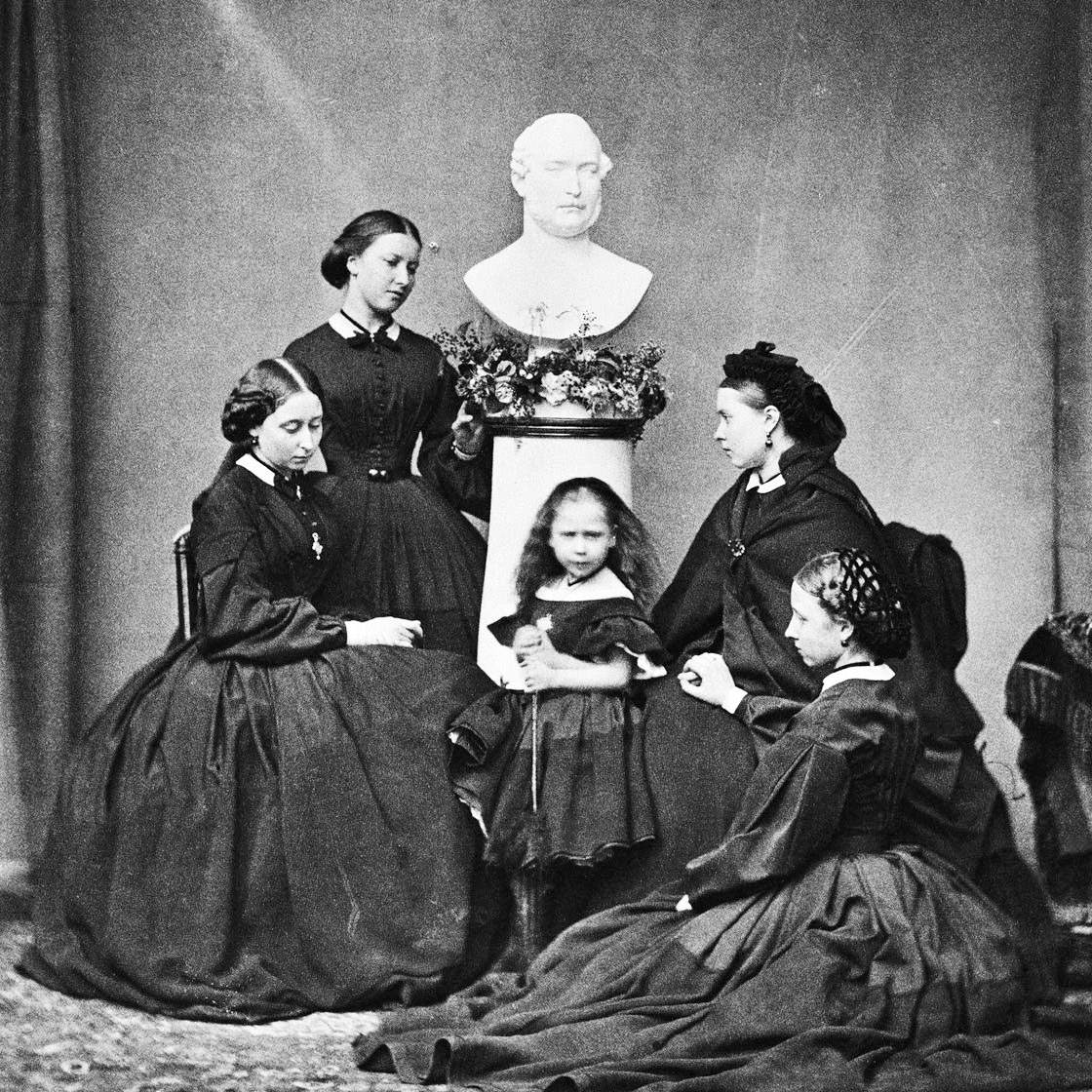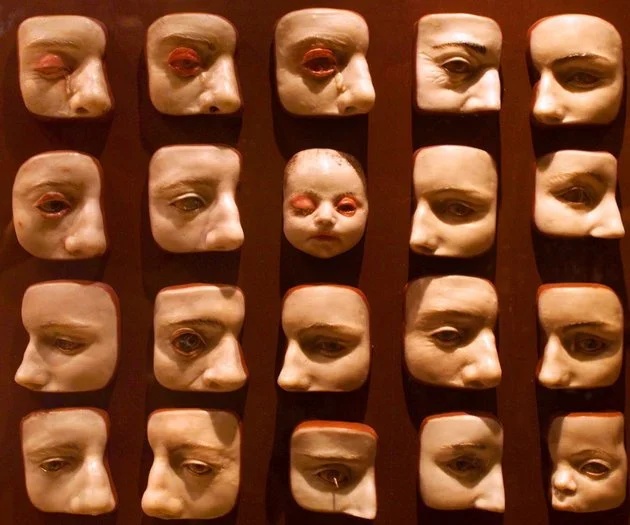Death Becomes Her
Anders_Zorn-The_Widow
I know it’s a tad morbid and yes, I was a little goth in high school, but I love Victorian mourning wreaths. Woven from the strands of a loved one’s hair, Victorian mourning wreaths give us a glimpse into a nearly lost art and a time when mourning permeated nearly every aspect of life. They’re also quite the conversation starter when you host a dinner party, "Oh that? That's some dead lady's hair. Do you want a pig in a blanket?" But seriously, the history of it all is pretty intriguing.
The 19th century saw mourning take center stage in both art and fashion, likely fueled by England’s Queen Victoria’s own extended mourning period for her husband, Prince Albert. Clothing took on a heavy, structured look and women adopted wearing black from head to toe including gloves, parasols, and veils. Think of it as proto-goth. Jewelry made of jet also became popular as the number of years a woman was expected to publicly mourn extended. After all, a lady needs her baubles.
mourningladies
SpiritHarthFled
What I find particularly interesting, however, is the Victorian’s complete fascination with human hair. Jewelry containing woven locks of hair from the deceased trapped under crystal was worn as a memento. Rings, pins, and even bracelets woven entirely out of hair became the norm. Usually the pieces I come across are English, but the practice did eventually make its way across the pond to America (Remember Scarlett O’Hara brazenly dancing the jig dressed in all black?). I’ve even come across ladies in Europe and the Midwest who are still keeping the practice alive (no pun intended) and will even custom make jewelry for you. Valentine's Day is just around the corner, lovers.
lucy2
Lucy1
Mourning wreaths are often a collection of hair from an entire family (including pets), a church congregation, or even a school. The hair was collected at the time of death, or even when someone simply moved away, and woven into shapes, usually flowers, using crocheting techniques. The flowers were then combined together to form a wreath of varying hair colors. A wreath could grow over years to include beads, stuffed birds, silk flowers, and photos.
photo (2)
wreath
mother
While I don’t know the stories behind most of the pieces I’ve collected, I do have an appreciation for the time, artistry, and obvious love that went into creating them. The title of biggest fan, however, would have to go to little old Leila Cohoon, a former hairdresser, who started a museum for hair work in Independence, Missouri. Road trip!















